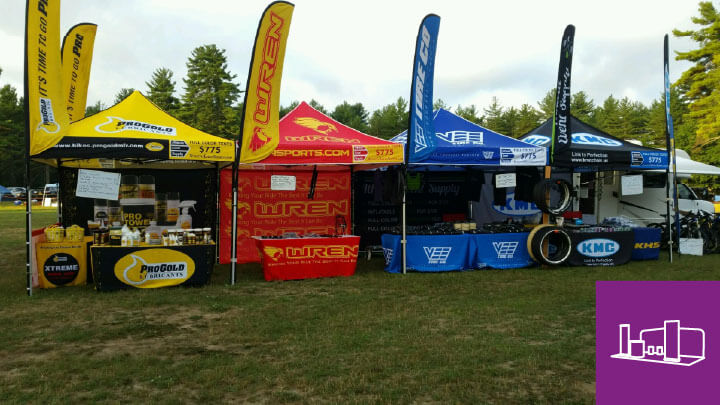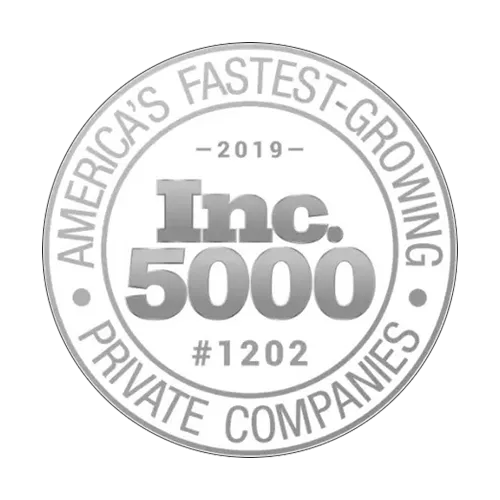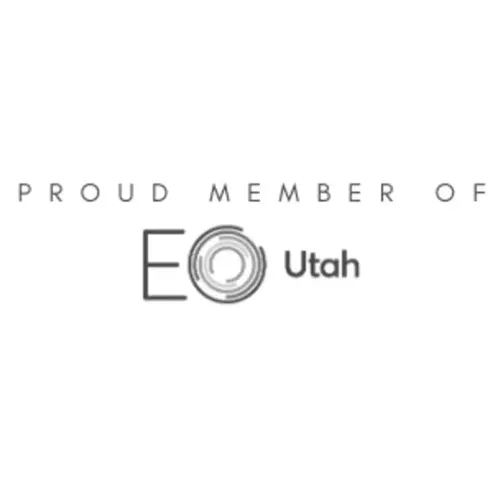Recently updated on December 5th, 2024
What is a Trade Show?
A trade show is an event where companies and organizations showcase their goods and services. They aim to connect with prospective clients, business partners, and investors. Most trade shows focus on a specific industry, such as food and beverage, healthcare, or sports.
Major trade shows are often held in convention centers and large venues. These events can last for several days. Local trade shows typically take place at local arenas, convention centers, or hotels. These events allow businesses to connect with potential prospects in their area.
Trade shows are an effective marketing tool. They help businesses sell products, generate leads, and engage with new customers. They also provide opportunities to nurture relationships with existing clients. Whether it’s an outdoor trade show or an indoor trade show, these events play a crucial role in business marketing strategies.

Origin and Historical Development of a Trade Shows
Have you ever wondered how trade shows began? It’s a fascinating story!
The concept of a trade show dates back to before the Industrial Revolution. In medieval times, merchants gathered in marketplaces to showcase their goods. This was the early version of what we now know as a trade show. The real change came in the 19th century with industrialization. The Great Exhibition of 1851 in London, held in the Crystal Palace, is often considered the first true trade show. This event brought together innovations and products from all over the world, showcasing the wonders of the Industrial Age.
After this, trade shows began to evolve quickly. In the 20th century, they became more specialized. Instead of a single event for all industries, they branched into different types of trade shows. For example, a tech company could attend a tech-only trade show, ensuring they reached the right audience.
Today, trade shows have reached new levels of sophistication. They’re no longer just about selling products. They focus on creating immersive brand experiences, launching innovations, and shaping industry trends. Companies now invest heavily in their trade show booth and trade show displays to stand out. The benefits of trade shows have grown, making them essential events for businesses around the world.
So, the next time you walk through a trade show, remember that you’re part of a tradition that has been evolving for centuries!

Different Reasons Companies and Professionals Attend Trade Shows
Now, let’s talk about why companies and professionals flock to trade shows.
Networking Goldmine: Trade shows are like the social media of the business world, but in person. They offer a unique chance to meet industry peers, potential clients, and even competitors face-to-face. It’s about shaking hands, exchanging business cards, and building relationships. These connections can lead to fruitful partnerships.
Spotlight on Innovation: They are the launchpads for new products and services. Companies get to unveil their latest innovations in a setting buzzing with excitement and anticipation. Imagine being the first to see a groundbreaking product before it hits the market!
Learning Hub: Trade shows are not just about selling but also about learning. Attendees get to participate in workshops, seminars, and keynote speeches by industry leaders. It’s like attending a mini-university filled with insights about the latest trends and technologies.
Marketing Bonanza: For companies, it’s a chance to strut their stuff. It’s their moment in the spotlight to enhance brand visibility and showcase what makes them unique. Think of it as a live, interactive billboard.
Sales Opportunities Galore: Of course, let’s not forget the potential for immediate sales and lead generation. Trade shows provide a platform to engage with potential clients who are already interested in your industry. It’s a more targeted approach compared to cold calling or generic advertising.
Competitive Intelligence: Ever wanted to know what your competitors are up to? Trade shows are a treasure trove of information. You can see firsthand what others in your industry are doing, offering invaluable insights into market trends and competitive strategies.
So, whether it’s for networking, marketing, learning, or spying on the competition (in the most ethical way, of course), trade shows offer a smorgasbord of opportunities for businesses and professionals. They’re not just events; they’re catalysts for growth and innovation.

Types of a Trade Shows
Trade shows come in various types, each catering to different audiences and industries. Here are some common types of trade shows:
Industry-Specific Trade Shows: These trade shows focus on a particular industry, such as technology, healthcare, or automotive. Companies within the same industry gather to showcase their products and services. Attendees are usually professionals from that industry, making it an ideal setting for networking and business deals.
Consumer Trade Shows: Also known as B2C (Business-to-Consumer) trade shows, these events are open to the general public. Companies use these shows to introduce new products directly to consumers. For example, a home and garden trade show might attract homeowners looking for the latest trends in home improvement. The goal is to drive consumer interest and sales.
B2B Trade Shows: B2B (Business-to-Business) trade shows are designed for businesses that sell products or services to other businesses. These shows are not open to the public. Instead, they focus on creating opportunities for companies to form partnerships, secure contracts, and explore industry trends. An example would be a manufacturing trade show where suppliers meet manufacturers to discuss collaboration.
General Trade Shows: These trade shows are not limited to one industry or audience. They feature a broad range of products and services from different sectors. Attendees can be both businesses and consumers. A general trade show might include everything from tech gadgets to food products, offering something for everyone.
Virtual Trade Shows: In recent years, virtual trade shows have become more popular. These events take place online, allowing participants to join from anywhere in the world. Companies set up virtual booths, and attendees can interact with exhibitors through video chats, webinars, and digital presentations. Virtual trade shows offer the convenience of attending without the need for travel.
Each of these types of trade shows serves a specific purpose and audience. Choosing the right one depends on your business goals and target market.
What Is The Difference Between Trade Shows And Fairs?
Due to the many similarities between trade shows and trade fairs, people use the words trade shows and trade fairs interchangeably. However, they are different from a trade fair in some ways:
Attendees
In a trade show, they focus only on one niche industry per event and cater to larger companies. They also provide strictly B2B, trade-only access, which means only members of the specific industry can attend.
On the other hand, trade fairs are open to the general public. It can include consumers, business owners, company representatives, trade associations, and investors.
Goals
A trade show focuses on exhibition industry research, building new relationships, and potentially forming strategic partnerships with other companies in the same niche industry. Exhibitors also present their upcoming products nearing their launch during breakout sessions at these shows.
While at trade fairs, exhibitors have two main goals to achieve. That is to maximize sales and generate leads. Since there are no limits on who can attend, they can get maximum foot traffic in just a few days.
How Do You Benefit From A Trade Show?

As an exhibitor, you can showcase and demonstrate your products and services to potential customers, industry professionals, and other stakeholders.
You can benefit from trade shows in several ways:
Meet Potential Customers In Person
In trade shows, you can interact with potential customers face-to-face. With this, you can establish personal connections and build trust.
Have An Engaging Audience
Educating your attendees helps you understand their needs and preferences to refine your marketing and sales strategies.
Check Out The Competition
You can check what your competitors do, their pricing strategies, and the marketing tactics they have.
Find Valuable Partners
Trade shows are events where you can find it valuable to network and identify potential business partners in specific industries, including suppliers, distributors, and other stakeholders in a particular industry.
Expand Your Audience
You can reach a large audience of potential customers and industry leaders by participating in trade shows.
Get Immediate Feedback
You can gather instant feedback from potential customers and industry professionals to improve your marketing strategies.
Boost Your Customer Loyalty.
Connect with your existing clients and strengthen relationships during trade shows and networking events. It helps build loyalty and increase the likelihood of repeat business.
Advertise Your Brand
Your business can showcase your products and services and increase visibility, which can help build brand awareness and recognition.
What Happens at a Trade Show?

Make Sales
Since you can interact directly with potential customers, this is a perfect opportunity to demonstrate your products and services and close deals on the spot.
Capture Leads
You can gather leads by collecting contact information from interested visitors. Which later on you can use for follow-up sales and marketing efforts.
Analyze The Competition
You can directly observe your competitors. You can look at their product, marketing strategy, and overall brand presence.
Engage With Existing Clients
You can engage with your existing customers. You can answer questions, provide service and product demonstrations, and receive feedback.
Introduce New Products Or Services
Trade shows are a great platform to launch new products or services. You can use the event to generate buzz, build excitement, and get feedback on the latest products and offerings.
Spot Trends
Trade shows may provide the latest news to stay up-to-date on industry trends and emerging technologies.
How Much Does It Cost To Be at a Trade Show?
The cost of exhibiting at a trade show varies depending on the size of your booth and the level of technology required.
For booths smaller than 20 ft. x 20 ft., you can expect to pay at least $300 per square foot.
For larger booths, between 20 ft. x 2 ft. and above, you can expect to pay between $200-300 per square foot.
However, your exhibit requires extensive audiovisual or technology equipment. In that case, you can expect to pay towards the higher end of the price range, if not more.
It is necessary to consider these factors when budgeting and buying decisions for your exhibit and to negotiate prices with vendors when possible.
Tips for Planning a Successful Tradeshow

Think Out of the Box.
Use your creativity to divide the space into distinct areas to offer a unique experience instead of just one spot. Mix and match decors, lighting, and music can deliver a more immersive and memorable experience for your attendees.
Plan and do the layout early.
It is crucial to start planning to get a seamless and well-organized trade show. Securing a venue six to twelve months ahead is ideal, especially for larger trade shows. Once confirmed, you can begin designing the space and planning the traffic flow.
Are Trade Shows Profitable?
Joining trade shows is a great way to generate leads and boost sales, but it can be unprofitable if not done right. To get a good return on investment (ROI), plan carefully and make strategic decisions. Focus on quality interactions with visitors instead of just filling up space. Only get the booth space you need to avoid wasting time, effort, and money.
Planning is key to success. Create a checklist and make sure your team knows their tasks. Gather all necessary materials, like brochures, samples, or promotional items. Use technology wisely, such as QR codes or digital signage, to make your booth more engaging, but don’t overdo it. Choose well-trained and knowledgeable team members to staff your booth.
Promote your participation through social media, email newsletters, and ads. Clearly share your booth location so clients and prospects can easily find you. Following these steps will help you have a successful and profitable trade show experience.
Why Do Companies Lose Money at Trade Shows?
Companies can lose money at trade shows for several reasons.
One major reason is not planning ahead or preparing well for the event. This can lead to missed opportunities, higher costs, and a less successful outcome.
Another reason is not promoting the booth effectively. This can result in a lack of engagement with potential customers and fewer leads. Poorly designed displays or unengaging staff members can also fail to attract visitors and discourage potential customers.
Finally, not following up with leads after the event can waste resources and miss out on sales opportunities.
What Do You Need for a Trade Show?
Your business will need various essential items and resources to participate in a trade show.
Secure An Event Space
Have a designated area to showcase your products or services and engage with attendees.
Stand With Supporting Collaterals
Your well-designed booth should always have stands and equipment to support and showcase your company and products.
Travel And Transportation
Plan for how you will get to and from the event venue, making reservations and arrangements for accommodations during your stay.
Marketing Collateral
Your potential customers should have access to your promotional materials to help build interest in your brand.
Knowledgeable Staff
A knowledgeable and engaging staff helps to represent your company and interact with visitors.
FAQ
What is a Trade Show, and How Does It Work?
Trade shows are events where businesses and organizations come together to display their products and services to potential buyers, investors, and stakeholders.
At these events, businesses can sell their products, generate leads, and engage with potential customers. They can also use trade shows to nurture relationships with existing clients.
Why Do People Go to Trade Shows?
People go to learn, network, and gather information. It helps the world around them stay competitive and successful in their industry.
How to Make Your Trade Show Booth Stand Out?
You can make your trade show booth stand out in several ways. Use visual elements like logos and graphics. You can even attract them with discounts or special deals too.








